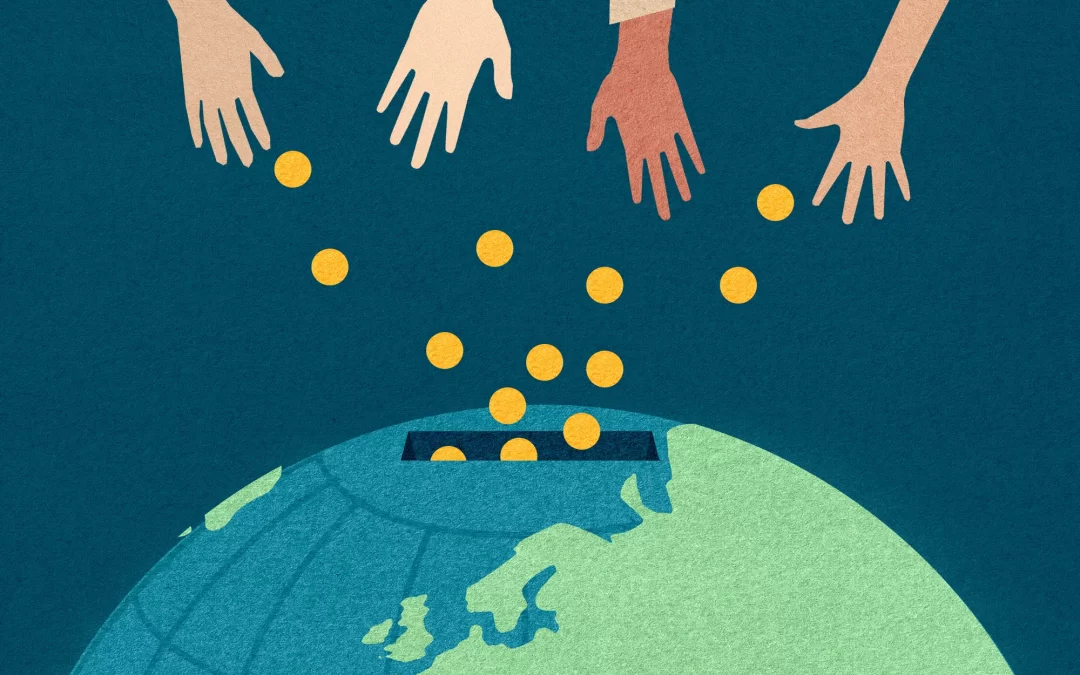In the fight against plastic pollution, innovative minds are finding creative solutions to address the mounting plastic waste crisis. Amidst this global challenge, a team of US scientists recently made headlines by transforming old plastic into soap through a moment of inspiration. In this article, we delve into this groundbreaking research, exploring the process, implications, and the larger significance of such discoveries in the battle against plastic pollution.
The Plastic Problem
Plastic pollution has become a defining environmental crisis of our time. The world produces an astounding amount of plastic waste annually, much of which ends up in landfills, oceans, and ecosystems, wreaking havoc on marine life and human health. As concerns about plastic pollution escalate, finding innovative solutions becomes increasingly urgent.
The Eureka Moment: Transforming Plastic into Soap
Amidst the growing plastic waste dilemma, a team of US scientists embarked on an unexpected journey that led to a game-changing breakthrough. Their research centered on converting plastic waste into soap – a seemingly simple yet ingenious idea. By applying chemical processes, they managed to break down plastic molecules into the essential components needed to create soap, effectively recycling plastic waste into a useful product.
The Significance of the Breakthrough
The transformation of plastic waste into soap holds far-reaching implications. Beyond its practical applications, this breakthrough showcases the power of human ingenuity in tackling complex environmental challenges. It also highlights the potential for circular economy solutions, where waste is repurposed into valuable resources, reducing the strain on ecosystems and landfills.
Addressing Plastic Pollution at the Source
While recycling and repurposing plastic waste are crucial steps, addressing plastic pollution at its source remains paramount. The scientific community, industries, and policymakers must work collaboratively to reduce plastic production, promote sustainable alternatives, and implement effective waste management systems. The soap-making innovation serves as a reminder that innovative thinking can lead to unexpected solutions with the potential to transform industries.
The Call for Collective Action
The transformation of plastic waste into soap underscores the importance of interdisciplinary collaboration and the potential for science-driven solutions. However, it is not a panacea for the plastic pollution crisis. A comprehensive approach that includes reducing plastic consumption, improving recycling infrastructure, and raising awareness is essential to create lasting change.
Inspiring Future Innovations
The soap-making breakthrough serves as an inspiring testament to the power of science and innovation. It encourages scientists, researchers, and entrepreneurs to think beyond conventional boundaries and explore unconventional avenues for solving complex environmental problems. This innovation demonstrates that every piece of plastic waste can hold potential for new beginnings.
Conclusion
The journey from plastic waste to soap is a remarkable example of how ingenuity and determination can spark transformative solutions. In a world grappling with plastic pollution, such breakthroughs offer a glimmer of hope and a blueprint for future innovations. As we celebrate this remarkable accomplishment, let us also redouble our efforts to reduce plastic waste at its source, inspire more eco-inspired solutions, and usher in a future where plastic pollution is a relic of the past.








